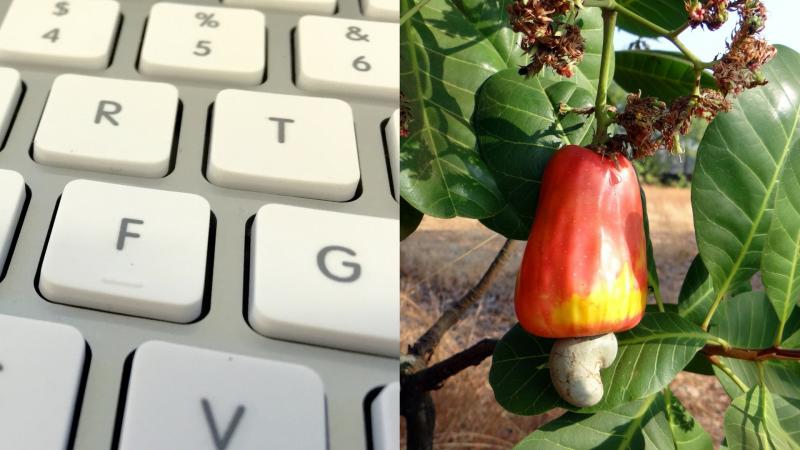
Scientists from Indian Institute of Space Science and Technology (IIST), Thiruvananthapuram have possibly designed the first sustainable molecular keypad lock, which can also be used as a sensor of a poisonous pesticide.
With connectivity and networking becoming increasingly ubiquitous, the need for secure locks and security measures have also increased. From the keypad locks on our smartphones, and the multi-character passwords used for banking and other websites, to the biometric passwords like fingerprints and iris scanners, today, passwords are everywhere. To keep pace with the hackers and digital criminals, all the while keeping the system small enough to fit on a smartphone, security locks have been ever evolving. One of the latest advancement in this area is the rise of molecular locks- where password are stored at a molecular level, making the system extremely small, while providing excellent measures for security too.
A conventional keypad lock, like the one on our smartphone and computer, uses electronic signals to verify the legitimacy of the password being typed in. A molecular keypad lock, on the other hand, stores the password information at a molecular level. To unlock, a particular sequence of chemical input is required. The different password combinations are stored using a combination of two or more chemicals. Often an input signal triggers fluorescent chemicals in a particular order, and if this order matches the password, the authentication becomes successful.
In their new study, the scientists from IIST used chemicals obtained from bioresources to make their molecular keypad lock. Using azobenzene derived from cardanol, a type of lipid obtained from cashew nutshell, and quantum dots derived from honey, makes the new system the first completely sustainable molecular keypad lock.
Apart from a keypad lock, the scientists also demonstrated other uses for the same system, like an IMPLICATION logic gate and an pesticide sensor, using the same system. An IMPLICATION logic gate is a type of logical operation, where the relationship between two statements holds true when one logically follows from the other. The molecular was also designed into a fluorescent probe for detection of Carbofuran, one of the most toxic pesticides in use. This makes the new device a true multipurpose tool.
“This is the first example of molecular keypad lock constructed from sustainable components and thus opens a new pathway in the field of Sustainable Molecular Electronics” claim the researchers.





